Swamp Pink Fact Sheet
Swamp pink was federally listed as a threatened species in 1988.
A perennial member of the lily family, swamp pink has smooth, oblong, dark green leaves that form an evergreen rosette. In spring, some rosettes produce a flowering stalk that can grow over 3 feet tall. The stalk is topped by a 1 to 3-inch-long cluster of 30 to 50 small, fragrant, pink flowers dotted with pale blue anthers. The evergreen leaves of swamp pink can be seen year round, and flowering occurs between March and May.
Supporting over half of the known populations, New Jersey is the stronghold for swamp pink. An obligate wetland species, swamp pink occurs in a variety of palustrine forested wetlands including swampy forested wetlands bordering meandering streamlets, headwater wetlands, sphagnous Atlantic white-cedar swamps, and spring seepage areas. Specific hydrologic requirements of swamp pink limit its occurrence within these wetlands to areas that are perennially saturated, but not inundated, by floodwater. The water table must be at or near the surface, fluctuating only slightly during spring and summer months. Groundwater seepage with lateral groundwater movement are common hydrologic characteristics of swamp pink habitat.
Swamp pink is a shade-tolerant plant and has been found in wetlands with canopy closure varying between 20-100%. Sites with minimal canopy closure are less vigorous due in part to competition from other species. Common vegetative associates of swamp pink include Atlantic white-cedar (Chamaecyparis thyoides), red maple (Acer rubrum), pitch pine (Pinus rigida), American larch (Larix laricina), black spruce (Picea mariana), red spruce (P. rubens), sweet pepperbush (Clethra alnifolia), sweetbay magnolia (Magnolia virginiana), sphagnum mosses (Sphagnum spp.), cinnamon fern (Osmunda cinnamomea), skunk cabbage (Symplocarpus foetidus), and laurels (Kalmia spp.). Swamp pink is often found growing on the hummocks formed by trees, shrubs, and sphagnum mosses, and these micro-topographic conditions may be an important component of swamp pink habitat.
The primary threats to swamp pink are the indirect effects of off-site activities and development, such as pollution, introduction of invasive species, and subtle changes in groundwater and surface water hydrology. Hydrologic changes include increased sedimentation from off-site construction, groundwater withdrawals or diversion of surface water, reduced infiltration (recharge) of groundwater, increases in erosion, increases in the frequency, duration, and volume of flooding caused by direct discharges to wetlands (such as stormwater outfalls), and increased runoff from upstream development. Other threats to this species include direct destruction of habitat from wetland clearing, draining, and filling; collection; trampling; and climate change.
Distribution
Species Range: Swamp pink occurs in headwater streams and mountain bogs from New Jersey to Georgia.
Distribution in New Jersey: Swamp pink occurs in Morris, Middlesex, Monmouth, Ocean, Burlington, Camden, Gloucester, Atlantic, Salem, Cumberland, and Cape May Counties. The species formerly occurred in Mercer County. Info From USFWS
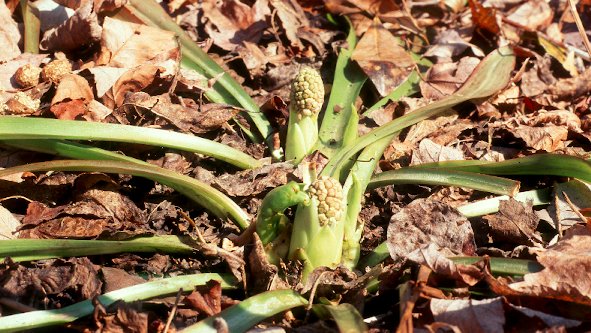
Swamp pink emerging in late March.
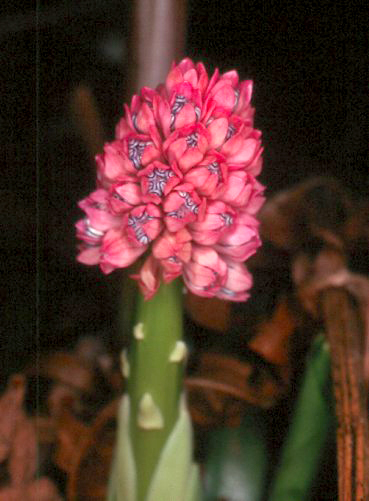
Swamp pink flower beginning to open.
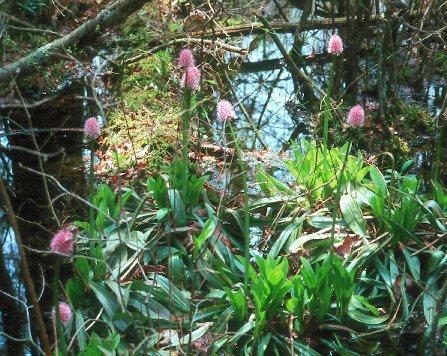
Swamp pink in bloom, New Jersey Pine Barrens
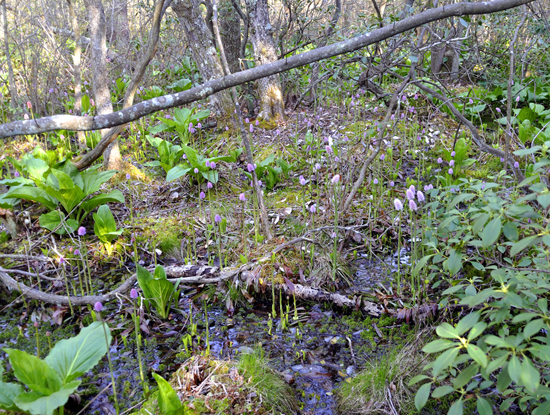
Swamp pink in bloom, Salem County
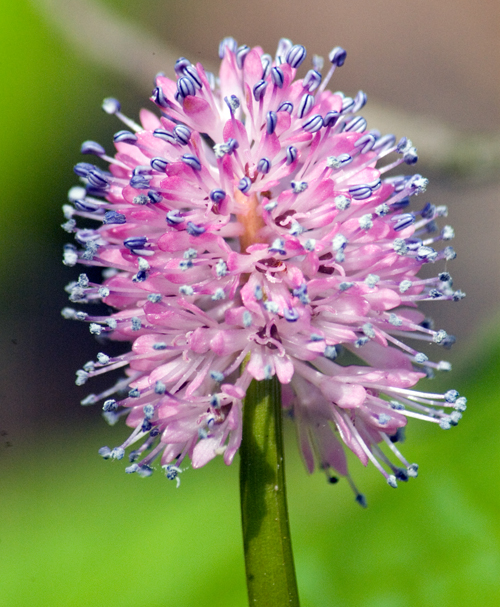
Swamp pink flower.
Threats to Swamp Pink
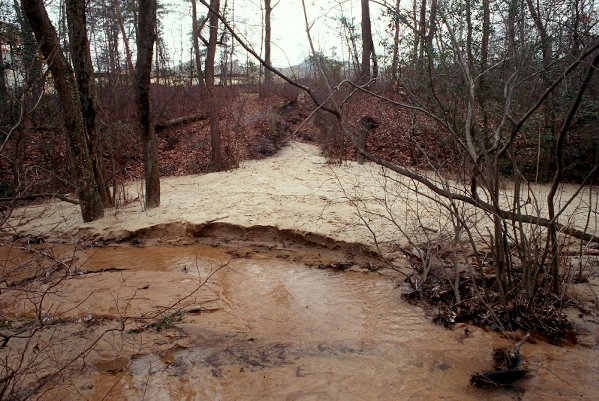
Erosion from a development buried a swamp pink population on a tributary of Big Timber Creek.
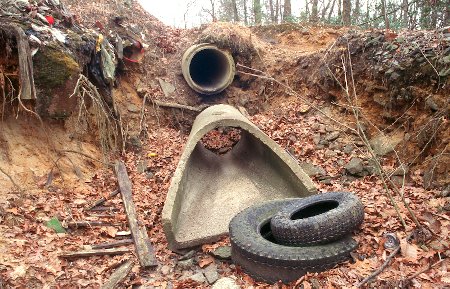
Failed storm water drain and erosion upstream of large swamp pink population.
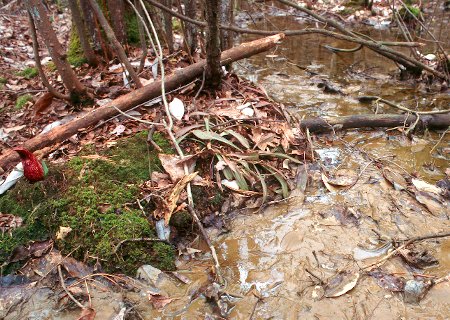
Swamp Pink effected by erosion.
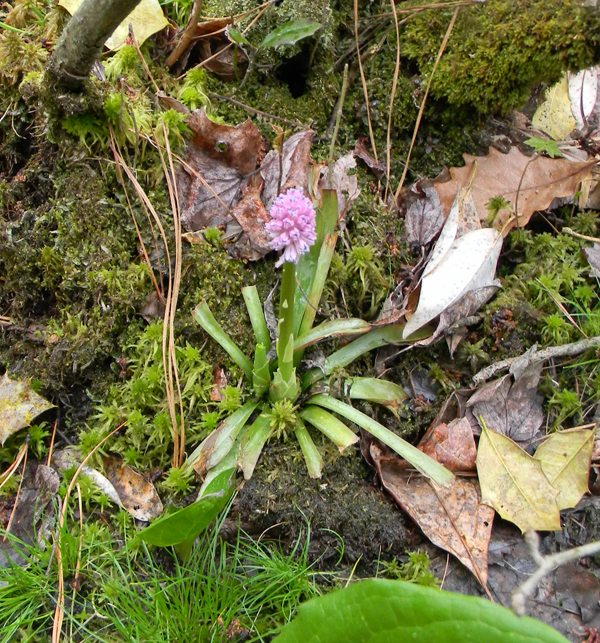
Swamp Pink browsed by deer.